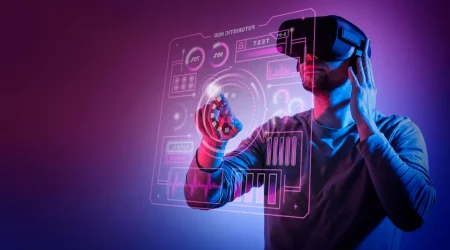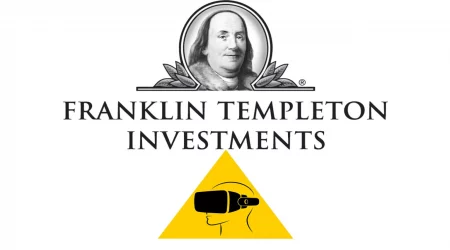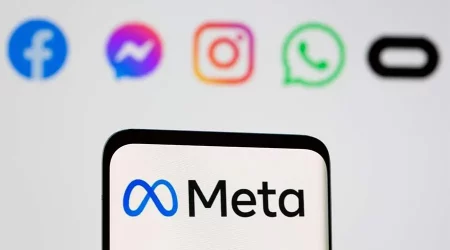How is Metaverse Related to NFT and Crypto?
Table of Contents
How is Metaverse Related to NFT and Crypto?
We’ll discuss the Blockchain and Virtual worlds in this article. The Blockchain is a technology that tracks the transactions and exchanges them in an interoperable framework, making moving from one place to another a breeze. Metaverse, on the other hand, is a game-based economy where everyone is a participant.
The fundamental role of NFT in the metaverse is its immutability and transparency. Its properties facilitate a fair and open economy. The fundamental law of supply and demand creates this scarcity and on-chain value, which prevents value inflation. NFT will be a form of money in the metaverse, and its properties will allow it to function as such. If you’re not yet aware of the role of NFT in the metaverse, keep reading.
It will transform the economy.
Blockchain will enable us to own digital goods and NFT in virtual worlds. For example, in a gaming environment, you can visit a factory in another country and see how it works. You can also use these same NFTs to buy and sell authentic goods in that country. The blockchain will allow us to keep the virtual factory running simultaneously with the physical one while bringing down production and distribution costs.
Combining revolutionary technology and participant engagement models will make the metaverse possible. It will enable corporate parties to use metaverse data to make better decisions, and users will be empowered to influence the economic landscape through their actions. The terms NFTs and metaverse are frequently used interchangeably. However, it’s important to note that the two are separate concepts. Each has a specific purpose. The metaverse will be the platform through which businesses will do business in the future.
The idea behind an NFT-powered metaverse is to enable consumers to purchase items such as digital apparel, avatars, and land. It is also possible to transfer NFTs between different platforms. For example, users could sell their avatars for money in Second Life. They could also use virtual currency to buy unique items. The metaverse could also be used for services so that a virtual architect could charge their customers in crypto. Another example would be plots of land, which can be sold and used to earn advertising.
They confer certain rights on their owners.
A digital currency, the NFT, represents ownership in a virtual world called the metaverse. This virtual world is an extension of the physical universe, with projects like Decentraland and Sandbox creating digital worlds that work in parallel with our own. You can purchase and sell virtual properties in this virtual world, create structures, and hold events. Depending on the NFT, the rights and privileges conferred on each virtual asset vary.
The legal status of virtual “owners” is murky. However, the current ownership of metaverse assets is governed by contract law, not property law. Therefore, these new types of ownership are likely to lead to consumer scams. While there may be certain benefits to these new digital properties, there are also risks for consumers. Understanding the legal nuances of metaverse ownership is critical, as this could prevent a virtual property from becoming a “free for all.”
Non-fungible tokens are cryptographic assets that represent unique things in the virtual world. Non-fungible tokens are not interchangeable and are unique, creating a sense of scarcity. As such, these assets are more valuable than the underlying digital assets. This scarcity creates a strong incentive for players to invest their NFTs in a specific type of virtual asset. The metaverse’s ecosystem is a great place to do this.
Read More: How is the Metaverse going to work?
Game-based economy
The metaverse is an exciting new way to monetize games. Although there are controversies surrounding virtual monetization, Spencer says math and science support more investments in this emerging sector. This explains why there are not yet many games with game-based economies. For more information on the metaverse, see this article. It discusses the importance of setting up the necessary systems and incentives to make it successful. The metaverse should be open to the entire gaming community, not just the crypto nerds.
The metaverse has already been associated with the cryptocurrency sphere, but it has gained mainstream attention with the rise of Facebook and Meta. The game-based economy is gaining popularity, too. Augmented reality and the implementation of this technology have changed the way people interact online and offline. Metaverse gaming systems take this technology to a new level, and the future of gaming may well be in this innovative technology.
Virtual worlds
With the growing popularity of virtual worlds, investors are weighing their options. Some are betting on the popularity of digital gaming as a vehicle for NFTs. Second Life, for example, has more than 1 million monthly users and is growing. In addition, gamers spend millions of dollars on virtual items that can be tradable in-app or on third-party marketplaces like OpenSea. In one case, the social VR platform Somnium Space allows players to buy virtual lands and build objects in the virtual world and then monetize these with open sea trading. The platform is four years old and records more than $2 million in monthly trading volumes.
In the Metaverse, Non-Fungible Tokens (NFTs) are rapidly becoming an economic foundation and infrastructure for the Metaverse. In other words, people are using NFTs to purchase virtual goods and services. An NFT may represent a virtual asset, but it can also be a virtual avatar. This makes them very easy to customize and monetize. Virtual worlds offer an unparalleled opportunity for this, so they are becoming increasingly popular among gamers and investors alike.







Leave a Reply